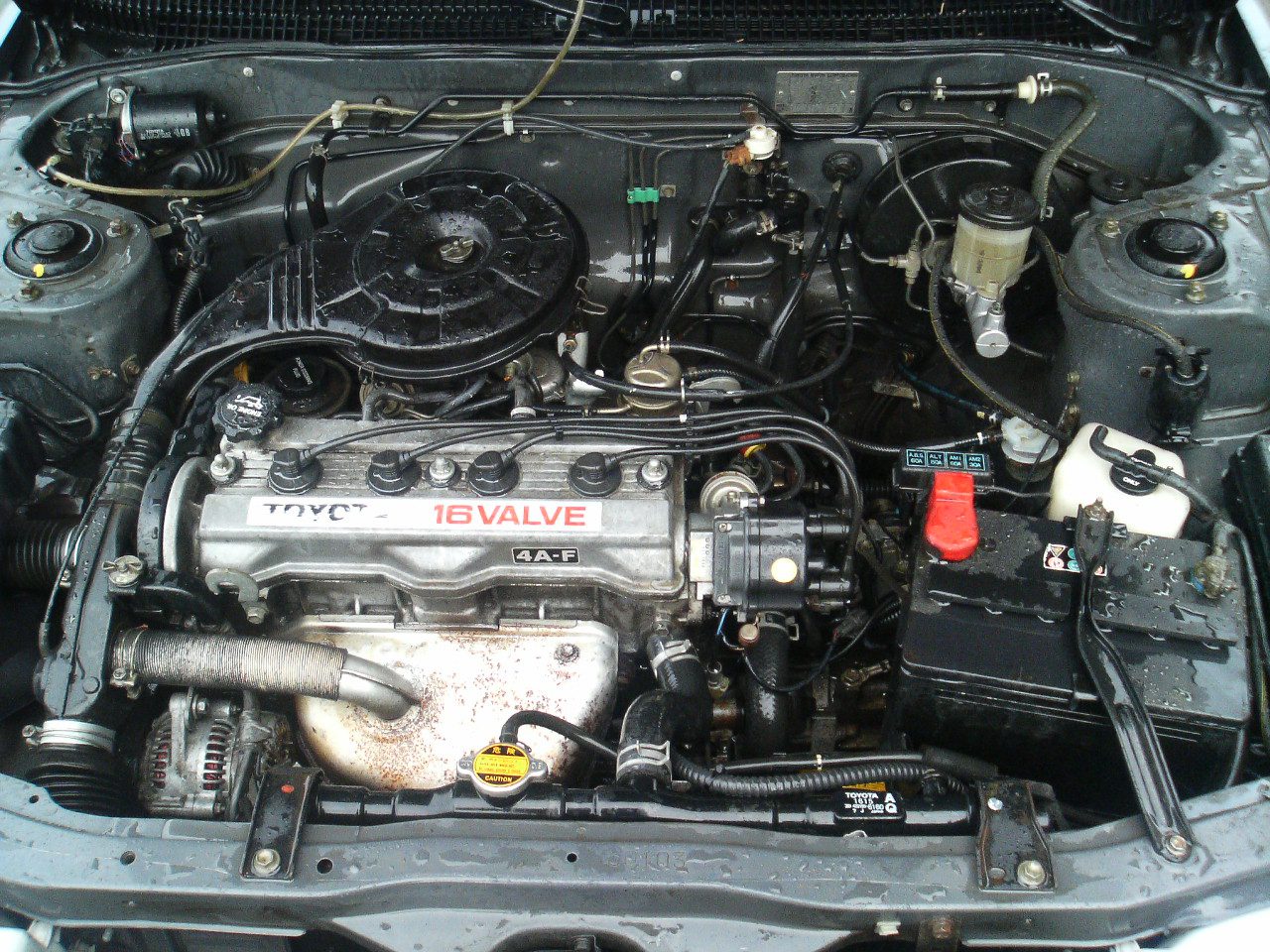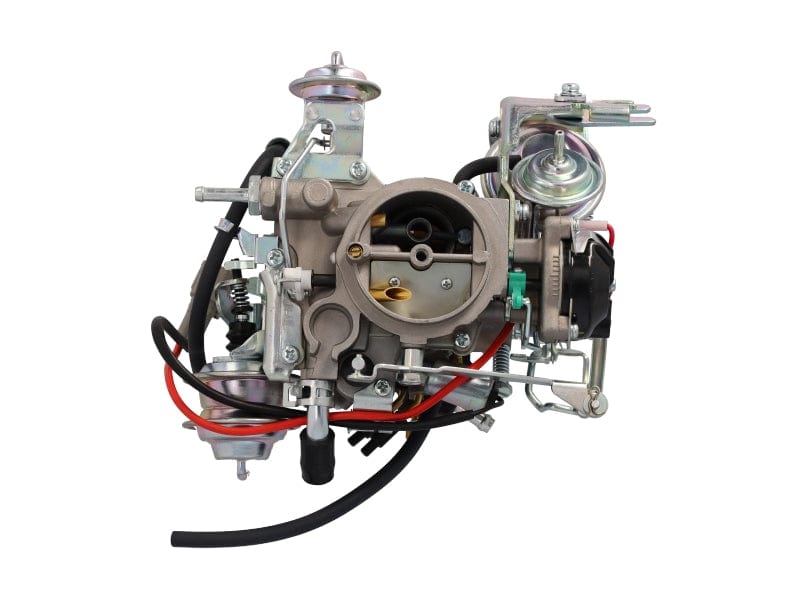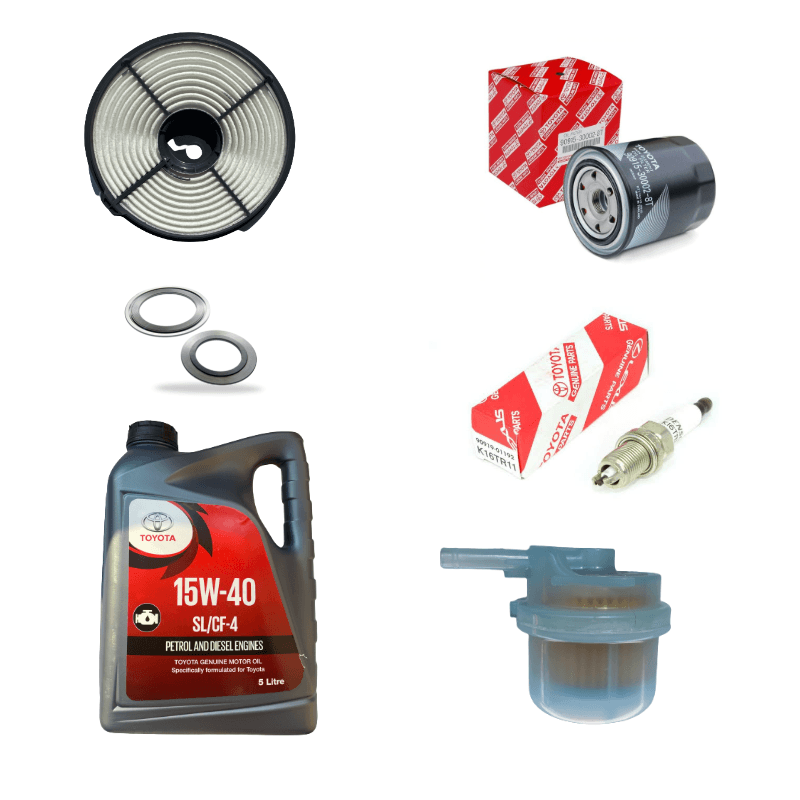Discover the Latest Patterns in Engine Modern Technology Through Tazz
In the rapidly progressing landscape of auto modern technology, Tazz stands at the forefront, highlighting substantial developments in engine systems that prioritize both development and sustainability. tazz. From crossbreed engines that enhance gas performance to the appearance of hydrogen gas cells, the fads forming modern powertrains are not only improving performance but also dealing with vital ecological difficulties. As the market remains to push limits, it is vital to think about exactly how these advancements will influence future transport remedies and the more comprehensive effects for international power usage. What lies ahead in this crucial makeover?
Crossbreed Engine Innovations
Hybrid engine innovations stand for a critical change in vehicle technology, incorporating the benefits of internal combustion engines with electric propulsion systems. This combination not only improves fuel effectiveness but likewise reduces exhausts, meeting significantly strict ecological policies. By making use of both energy resources, hybrid engines can optimize efficiency, delivering power when required while conserving fuel throughout less demanding motoring conditions.
Current advancements in crossbreed innovation include enhancements in battery performance and regenerative braking systems. These advancements permit higher power recuperation during slowdown, which can be rerouted to assist in velocity or power accessory systems. Furthermore, makers are concentrating on lightweight materials and compact layouts to make best use of the efficiency of hybrid powertrains.
The advancement of plug-in crossbreeds has actually additionally expanded the market, enabling chauffeurs to charge their automobiles utilizing basic electric outlets. This function commonly permits significant all-electric variety, further reducing reliance on traditional fuels. tazz. As the automobile market continues to develop, hybrid engine innovations are expected to play a vital role in connecting the void in between traditional cars and totally electrical models, providing a transitional solution that provides to varied customer requirements and preferences
Advancements in Electric Powertrains
The automotive landscape is rapidly advancing, with electrical powertrains arising as a leading pressure in sustainable transportation. Advances in electrical automobile (EV) innovation are significantly boosting efficiency, individual, and efficiency experience. Trick developments consist of enhancements in battery chemistry, which have raised energy thickness, lowered charging times, and expanded general battery life.
Solid-state batteries, for example, guarantee to revolutionize the marketplace by offering better security and efficiency compared to traditional lithium-ion cells. Moreover, advancements in regenerative stopping systems are enabling automobiles to recover energy throughout deceleration, adding to overall effectiveness.
Along with battery innovation, electrical motor layouts are becoming a lot more innovative. Innovations such as integrated electric motors and advanced thermal management systems are assisting to optimize power delivery and minimize weight, ultimately enhancing vehicle characteristics.

Jointly, these advances emphasize the commitment to transition in the direction of cleaner, much more efficient transportation options, placing electric powertrains at the forefront of automotive innovation.
The Surge of Hydrogen Gas Cells
Significantly, hydrogen fuel cells are getting traction as a feasible option to conventional internal burning engines and battery electrical cars. This technology uses the chemical energy kept in hydrogen, converting it right into electrical energy through an electrochemical response with oxygen. The main by-product of this procedure is water, making hydrogen gas cells an ecologically pleasant option with absolutely no discharges at the tailpipe.

Car manufacturers are significantly investing in hydrogen fuel cell innovation, acknowledging its possibility for long-range applications and fast refueling capacities that rival conventional fuels. Furthermore, markets such as sturdy transportation and public transportation are specifically well-suited for hydrogen fuel cells, where battery electric solutions may fail as a result of weight and array constraints.
As study and financial investment remain to increase, hydrogen gas cells are positioned to play a substantial duty in the future landscape of tidy transport and power options.
Enhancements in Internal Burning Engines
Developments in interior combustion engine (ICE) technology are changing traditional lorries to fulfill modern ecological criteria and efficiency assumptions. Direct fuel shot, for instance, enables for much better atomization of gas, leading to more total burning and enhanced power outcome.
Furthermore, turbocharging has gotten importance, allowing smaller engines to deliver higher performance without the weight of bigger engines - tazz. This innovation not only improves efficiency yet additionally contributes to reduce gas consumption. Variable valve timing systems are also being improved, allowing engines to adjust to various driving problems for improved torque and responsiveness
Additionally, the use of light-weight materials in engine building is ending up being standard, more boosting fuel performance by decreasing overall vehicle weight. Engine control devices (ECUs) are increasingly advanced, enabling real-time modifications that optimize performance and emissions.
These enhancements collectively indicate a critical change in ICE modern technology, lining up with international sustainability goals while still giving the efficiency vehicle drivers get out of their vehicles. As the industry develops, these improvements remain to shape the future of traditional vehicle engineering.
Future Patterns in Engine Performance
Significant improvements in engine performance are prepared for as suppliers concentrate on incorporating sophisticated modern technologies to fulfill rigid environmental guidelines and customer needs. The shift towards electrification, hybrid systems, and alternate gas is reshaping the auto landscape, driving view developments that improve fuel economy and decrease emissions.
One of the crucial fads is the application of innovative products and producing methods. Lightweight compounds and high-strength alloys add to decreased vehicle weight, hence enhancing general efficiency. Furthermore, the adoption of turbocharging and variable valve timing technologies enables boosted power result from smaller sized engines, additionally boosting fuel economy.

Conclusion
Technologies in crossbreed engine systems, electrical powertrains, a knockout post and hydrogen gas cells demonstrate a dedication to reducing discharges while boosting efficiency. Improvements in inner combustion engines and a focus on lightweight products add to total engine performance.
From crossbreed engines that enhance fuel performance to the introduction of hydrogen fuel cells, the patterns shaping modern powertrains are not only enhancing performance but additionally dealing with important environmental obstacles.Hybrid engine advancements represent a pivotal shift in vehicle innovation, integrating the benefits of interior combustion engines with electric propulsion systems.Additionally, turbocharging has actually acquired prominence, allowing smaller sized engines to supply higher efficiency without the weight of bigger engines. Additionally, the fostering of turbocharging and variable shutoff timing innovations great site allows for enhanced power output from smaller engines, even more boosting fuel economy.
Improvements in inner combustion engines and an emphasis on light-weight materials add to general engine effectiveness.